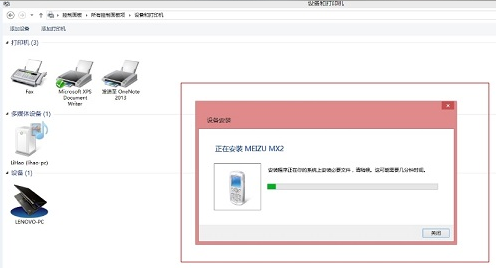可以将文章内容翻译成中文,广告屏蔽插件可能会导致该功能失效(如失效,请关闭广告屏蔽插件后再试):
问题:
I want to write the output of a specific 'top' command to a file. I did some googling and find out that it can be done by using the following command.
top -n 10 -b > top-output.txt
where -n is to specify the number of iterations and -b is for batch mode. This works very well if let top for the 10 iterations. But if i break the running of the command with a Ctrl-C, the output file seems to be empty.
I won't be knowing the number of iterations beforehand, so i need to break it manually. How can i capture the output of top in a file without specifying iterations?
The command which I am trying to use precisely is
top -b | grep init > top-output.txt
and break it whenever i want. But it doesn't work.
EDIT: To give more context to the question, I have a Java Code which invokes a tool with an Input File. As in the tool takes a file as an input and runs for some time, then takes the next file and so on. I have a set of 100,000 files which need to be fed to the tool. So now I am trying to monitor that specific tool ( It runs as a process in Linux). I cannot capture the whole of 'top' s data as the file as would be too huge with unwanted data. How to capture the system stats of just that process and write it to a file using top?
回答1:
for me top -b > test.txt will store all output from top ok even if i break it with ctrl-c. I suggest you dump first, and then grep the resulting file.
回答2:
How about using while loop and -n 1:
while sleep 3; do
top -b -n1 | grep init > top-output.txt
done
回答3:
It looks like the output is not writing to the file until all iterations are finished. You could solve this by wrapping with an external loop like this:
touch top-output.txt
while true; do
top -b | grep init >> top-output.txt
done
回答4:
Here is the 1-liner I like to use on my mac:
top -o -pid -l 1 | grep "some regexp"
Cheers.
回答5:
CTRL+C is not a ideal solution due to control stays in CLI. You can use below command which dumps top output to a file:
top -n 1 -b > top-output.txt
回答6:
As pointed out by @Thor in a comment, you just need to ensure that grep is not buffering arbitrarily but per-line with the --line-buffered option:
top -bn 10 | grep 'init' --line-buffered | tee top-output.txt
Without grep-ing, redirecting the output of top to a file works just fine, interrupt included.
回答7:
I had the exact same problem...
here was my line:
top -b -u myUser | grep -v Prog.sh | grep Prog > myFile.txt
It would create myFile.txt but it would be empty when I Ctrl+C'd it. So after I kicked off my top command, then I started a SECOND top process. When I found the first top's PID (took some trial and error), and I killed it thru the second top, the first top wrote to the file as expected.
Hope that helps!
回答8:
If you wish to run the top command in background (just not to worry about logout/sleep, etc) - you can make use of nohup or batch job or cron or screen.
Using nohup (stands for : No Hang Up):
Say suppose if you save the top command in a file called top-exec.sh with following content :
top -p <PID> -b > /tmp/top.log
You can replace the top command for whatever process you are interested in.
Then, You can execute top-exec.sh using nohup as follows :
$> nohup top-exec.sh &
This will redirect all the output of top command to a file named "top.log".
回答9:
Solved this issue. This works even if you press Ctrl+c Even I was facing the same issue when I wanted to log Cpu%.
Execute this shell script:
#!/bin/sh
while true; do
echo "$(top -b -n 1 | grep init)" | tee -a top-output.log
sleep 1
done
- You can grep anything you wanna extract out of top command, use this script to store it to a file.
- -b : Batch mode operation
Starts top in Batch mode, which could be useful for sending output from top to other programs or
to a file. In this mode, top will not accept input and runs until the iterations limit you've set
with the -n command-line option or until killed.
- -n number, this option specifies the maximum number of iterations, or frames, top should produce before ending. Here I've used -n 1.
- Do
man top for more details
- tee -a enables the output to be visible on the console and also stores the output onto the file. -a option appends the output to the file.
- Here, I have given an interval of 1 second. You can mention any other interval.
Source for explanations of -b and -n: manpages
man top
Kruthika
回答10:
From the top command, we can see all the processes with their PID (Process ID).
To print top output for only one process, use the following command:
$ top –p PID
To save top command of any process to a file, use the following command:
top -p $PROCESS_ID -b > top.log
where > redirects standard output to a file.





